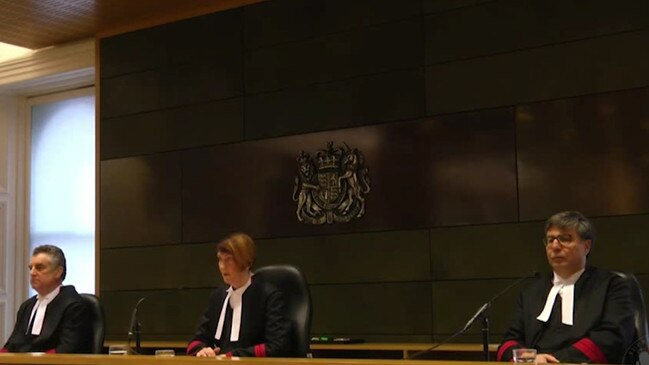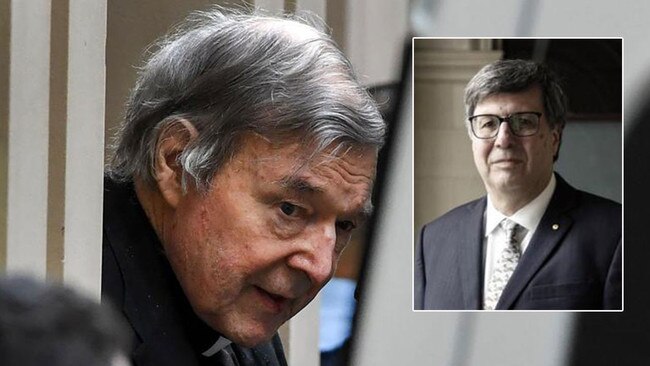
The majority disagreed but Weinberg’s detailed and compelling dissent almost guarantees that the High Court will be asked to re-examine this case.
MORE: Pell eyes High Court challenge | John Ferguson: Death-row days after defeat | Kevin Donnelly writes secular critics get their man in Pell | Hetty Johnston says at last the voices of victims are not only being heard but believed | Inquirer — How all hell broke lose
This massive dissent is expected to become a guide for any special leave application. Even if special leave is refused by the High Court, Weinberg’s rejection of much of the prosecution’s case is set to ensure the community’s deep divisions over this cleric are unlikely to be healed.
Legal academic Mirko Bagaric said he had been surprised that the two judges who formed the majority had not followed Weinberg, because the dissenting judge was “clearly the brightest bloke on the Victorian Court of Appeal”.
Bagaric, a professor at Swinburne University, said that Weinberg was a “powerhouse” on criminal matters and more experienced in this area than the two judges who formed the majority, chief judge Anne Ferguson and Court of Appeal president Chris Maxwell.
Weinberg would have acquitted Pell because he believed the jury verdict convicting him of historical child sex abuse was unreasonable and could not be supported having regard to the evidence.
Pell’s legal team issued a statement yesterday saying it would thoroughly examine the court’s judgment “in order to determine a special leave application to the High Court”.
Before reaching their decisions, all three judges on the Court of Appeal read 2000 pages of transcript from Pell’s trial and considered hours of recorded evidence from witnesses.
If the High Court decides to hear an appeal against yesterday’s ruling, legal academics said the judges on the nation’s highest court would be extremely unlikely to adopt that approach.
If there is another appeal, the High Court would be asked to answer the same question that confronted the Court of Appeal: on the whole of the evidence before the jury, was it reasonable to convict Pell?

That approach was set down by the High Court in a 1994 decision known as M v The Queen. The dissenting judgment lists a series of cases in which the High Court has applied the “M” test to overturn jury decisions. Yesterday’s majority judgment, which also relied on the “M” test, accepted the prosecution’s argument that the complainant who had accused Pell of sexual abuse was a compelling witness who was neither a liar or a fantasist.
However, Weinberg listed cases where “notwithstanding the apparent credibility of a complainant in relation to an allegation of sexual abuse, the countervailing circumstances, including any defence evidence, have led the High Court to quash the conviction and enter a verdict of acquittal”.
One senior legal academic said the differences between the majority and Weinberg were so extensive it might appear to some that they had been considering different cases.
While Ferguson and Maxwell accepted the complainant’s evidence, Weinberg wrote that Pell’s counsel, Bret Walker SC, had been justified in submitting that the complainant “did, at times embellish aspects of his account”.
“On occasion he seemed almost to ‘clutch at straws’ in an attempt to minimise, or overcome, the obvious inconsistencies between what he had said on earlier occasions and what the objective evidence clearly showed,” Weinberg wrote.
Yesterday’s ruling comes at a time when a growing number of decisions by the Victorian Court of Appeal have been overturned by the High Court.




Despite writing in dissent, judge Mark Weinberg dominated yesterday’s decision in George Pell’s appeal with a 204-page argument that can be summed up in one line: the cardinal’s conviction is unsafe.